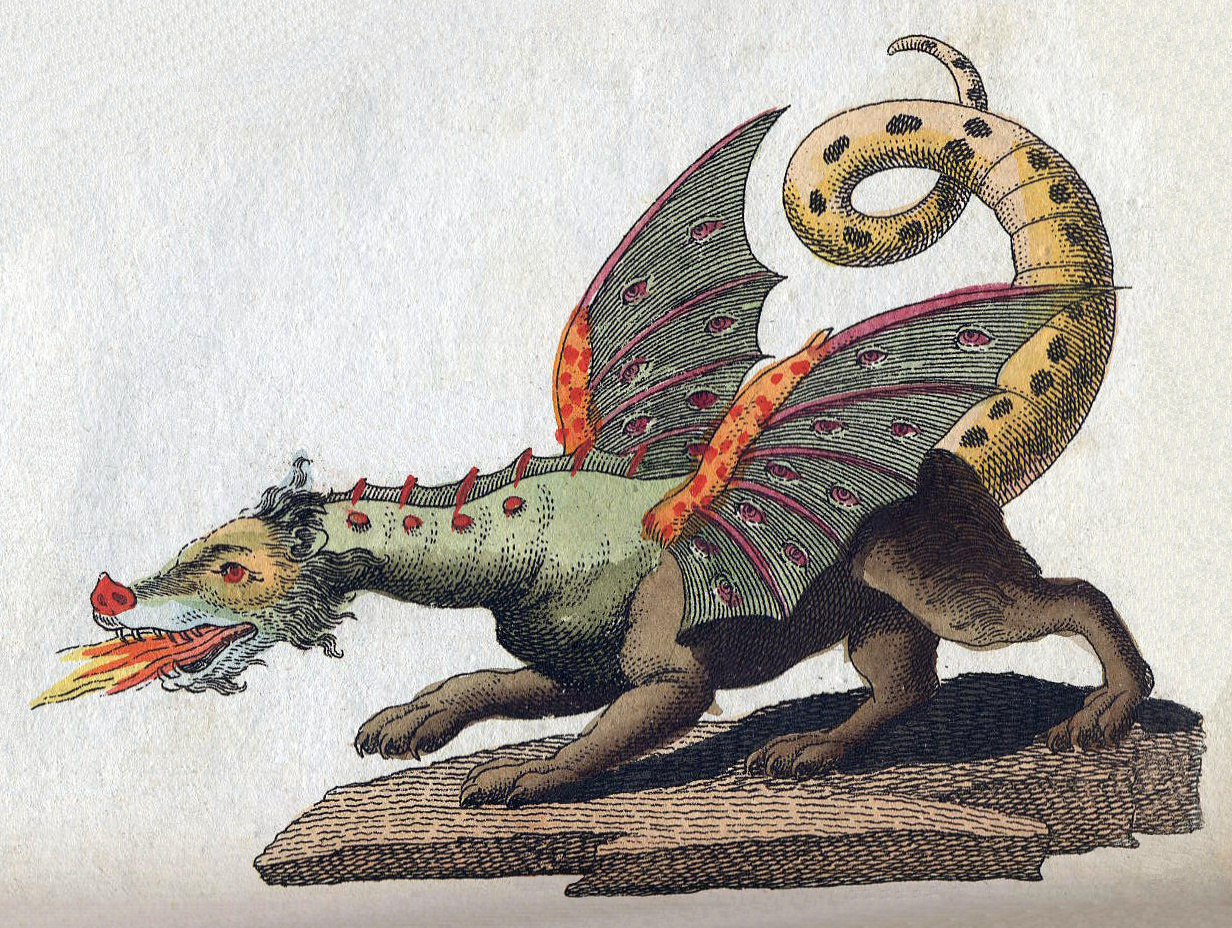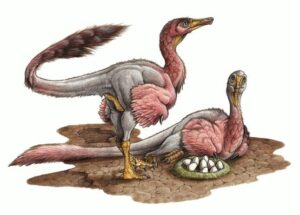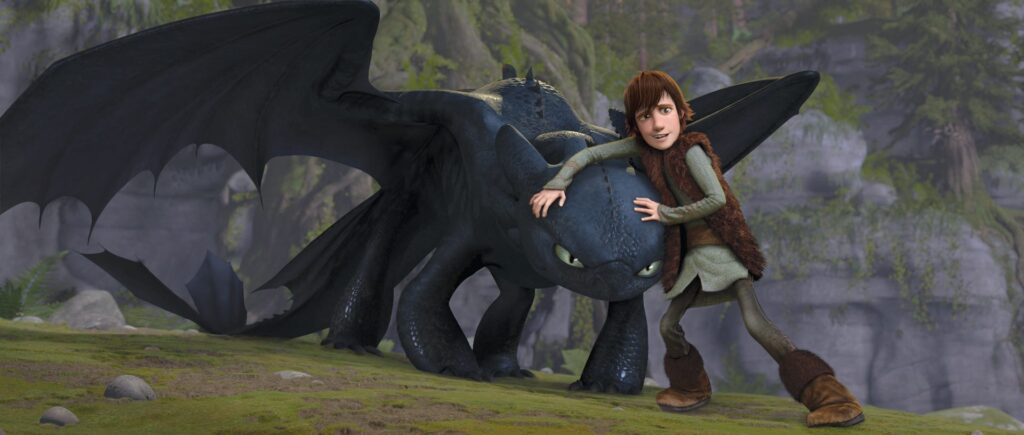What if I told you that insulin is a dragon? I’ve heard similar analogies over the years, although to some people diabetes is the dragon.. Recently a related analogy sprang to mind, so please bear with me:
A monster of immense power if you will. Treat a dragon with respect: it can kill you, but it might also share some of its power with you.
And it has a long tail that can knock you over (or even kill you) if you don’t watch out for it.

Try to imagine struggling with a dragon. Let me set some of the scene:
You’ve grappled with them before and survived, so you feel you know what you’re doing. You know how to avoid the fire, teeth, claws, and even the long tail that can sweep you off your feet.
You’re not trying to kill the dragon, but engage with it in a long dance. Hopefully even fly with it. You consider yourself quite skilled, and you have “danced” with dragons for years.
But it’s twilight getting on to darkness, so you can’t see everything that’s going on.
You’ve been told by someone who thought they saw the dragon earlier that it’s about 5 m long, so you know what to expect and should be able to avoid getting knocked over by the tail as it swings around.
The encounter (“fight”, “struggle”, “dance”, or whatever you’d like to call it) begins, and everything goes great. You’re partly running off instincts, and it mostly works. But you realise you keep getting tripped by something, and you can never quite get on its back.
What you haven’t realised is that the dragon’s tail gets fairly thin towards the end, and hard to see. In fact the dragon is about 9 m long. Those last 4 metres are getting thin enough that no-one noticed them from a distance in the dark. In fact the last few metres are just a few long tail feathers. As that tail swings around, it can sometimes be like a whip.
 You knew dragons had feathers, right? Many dinosaurs did, so why not…
You knew dragons had feathers, right? Many dinosaurs did, so why not…
Even if you can’t always see the whole tail in the dark, then if you know about those extra metres of tail hopefully you can avoid getting tripped up!
Who knows, you might even become a partner with the dragon without having to continually fight it. After all, how would you like to have your tail continually stepped on?

The dragon in diabetes
Yes this post is actually about the long thin “tail” of action that our insulins have. See the diagrams in my last post for example.
I’m working with insulin action models that have a long thin tail out to 9 hours, while some people think it only lasts 5.
Watch out for that dragon’s tail!
